Those of you who have been Energy Adventuring from the beginning (more than three years and 65 posts ago!) know keeping up with my writing was easier in the early days. Back then, most all of what I penned was here at the Energy Adventure(r).
These days, I do more writing outside of the walls of Substack, mostly at Cipher News. I post here when I get a chance and when my focus falls more on climate change fallout than climate solutions.
Here today, I want to pull all of my work from a long swing of reporting I did through Asia during the first half of the year. This reporting has been supported by the Alicia Patterson Foundation, as well as Cipher, just as my earlier reporting in India was backed by the Council on Foreign Relations.
The stories linked below aren’t in chronological order, and they include earlier posts you may have already read here at the Energy Adventure(r). I’ve arranged them thematically, with a few thoughts and insights from the reporting included. Click the linked words to read the stories, where they originally appeared.
Finally, looking ahead: our next Energy Adventure will be later this year/early next, in South America! More on that later.
As many of you already know, Asia is a diverse, dynamic collection of countries, peoples and economies that span the spectrum — from hands down the most technologically advanced global manufacturing economies to traditional, village-based agriculture — often taking place within the same national borders.
When it comes to the energy transition, all regions matter, but none more than this one. The bulk of energy demand growth to 2050 and likely beyond will come from Asia’s younger, rapidly developing economies — especially two potential powerhouses, India and Indonesia. A huge share of the tools we’ll deploy worldwide in our pursuit of net zero will come from the mines, processing facilities and factories of the region, particularly its dominant economy, China, but also in Northeast Asia — Japan and South Korea — and across Southeast Asia. Australia is even in the mix.
These include electric vehicles, solar panels, wind turbines and nuclear power — both fission and fusion.
Asia includes some of the world’s largest greenhouse gas emitting countries, but it also remains well behind the U.S. and Europe on a per capita basis in terms of both emissions and energy consumption. At the same time, many countries and communities in Asia are especially vulnerable to fallout from climate change, which is already wreaking havoc regularly across the region.
How the countries of Asia decarbonize their economies — while at the same time continuing to grow them quickly to achieve the development goals their people deserve and desire — is the central challenge of the global energy transition.
And all this will play out across a profoundly geopolitically sensitive landscape, where national security concerns continually shape events, views and actions. Oh, and it’s all intimately and intrinsically linked to some of the most sweeping and rapid technological advances in human history, from clean tech to artificial intelligence.
It will matter to everyone on the planet how these countries manage the transformation taking place within their borders — just as they will play an essential global role in propelling the world toward its decarbonization goals.
I spent a big chunk of time — almost a month — in Australia. The only country that’s also a continent is emerging, fitfully, as a renewable energy powerhouse. The first and last dispatches from the trip looked at this issue, from the most positive take — South Australia’s remarkable progress with wind and solar power — to some recent setbacks: Andrew “Twiggy” Forrest’s eyebrow-raising pullback from the euphoria around hydrogen as a sort of clean energy jack of all trades.
The gauzy, solution-to-all-things view of hydrogen may be fading, or at least morphing, with its first major contact with reality. But visits to two leading solar power centers — one in Sydney and one in Singapore — made clear that photovoltaic power generation is not only the workhorse of the energy transition today but has a good bit more lifting it can likely do.
What was obvious once there: Australia, like much of Asia, is acutely vulnerable to the impacts of climate change, everything from the slowly dying great barrier reef, to sea level rise to the catastrophic “black summer” of forest fires the nation experienced in 2019-2020. This story from Kangaroo Island off South Australia, and this one from the eastern city of Gold Coast show how two immigrants to the country are helping find ways to adapt.
Heiri, a forest ranger, and Joerg, an engineer and architect, know full well, though, that there are limits to our ability to adapt and adjust. In poorer parts of Asia, and there are many, adapting to climate change will be even tougher.
In the Philippines, I looked at an innovative insurance product, ‘parametric insurance,’ that could be one tool for chronically and radically under-insured communities.
As Asia struggles for a path that brings both much needed development (read: more energy) and decarbonization (read: fewer emissions), Singapore aims to punch above its weight. That’s both a function of necessity — the crowded city state can’t accomplish this trick on its own — and a reprise of a role it’s long played in the region.
Coal, the dirtiest of fossil fuels and a mainstay of the region’s large economies, is Asia’s bugaboo. It hasn’t even begun figuring out how to stop building new plants — from India and China to Vietnam, much less bring on the steep decline the world needs to happen to avoid the worst impacts of climate change.
There are ideas for addressing this challenge — which is what this story is about — but it’s going to be a long slog.
Some truly innovative and bold thinking will be needed within the region to avoid the sort of easily foreseeable ecological/climate disaster that a wave of European/American long ago brought on to themselves and Asians alike.
We’ve seen some of that — ambition and a willingness to try new approaches — whether from Elon Musk, a man famous for them, or from Neville Michael, who’s not famous at all but in his own way has made a difference.
Musk’s story you know — though this small chapter in Australia, about a big battery and a billionaire-to-billionaire challenge, you may not have heard.
Michael’s contribution makes clear you don’t have to be a billionaire. What their two tales mean I wrote about here.





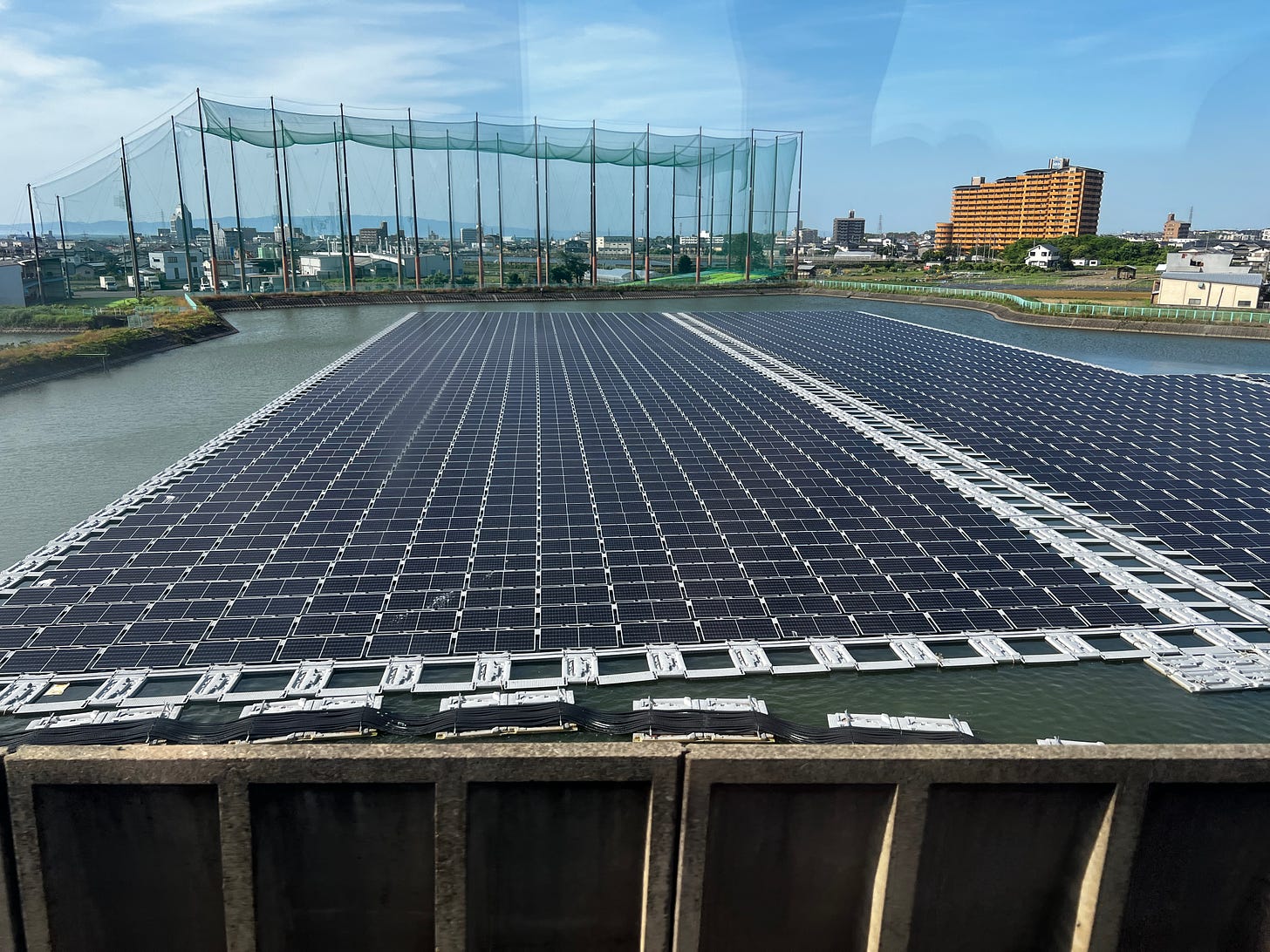
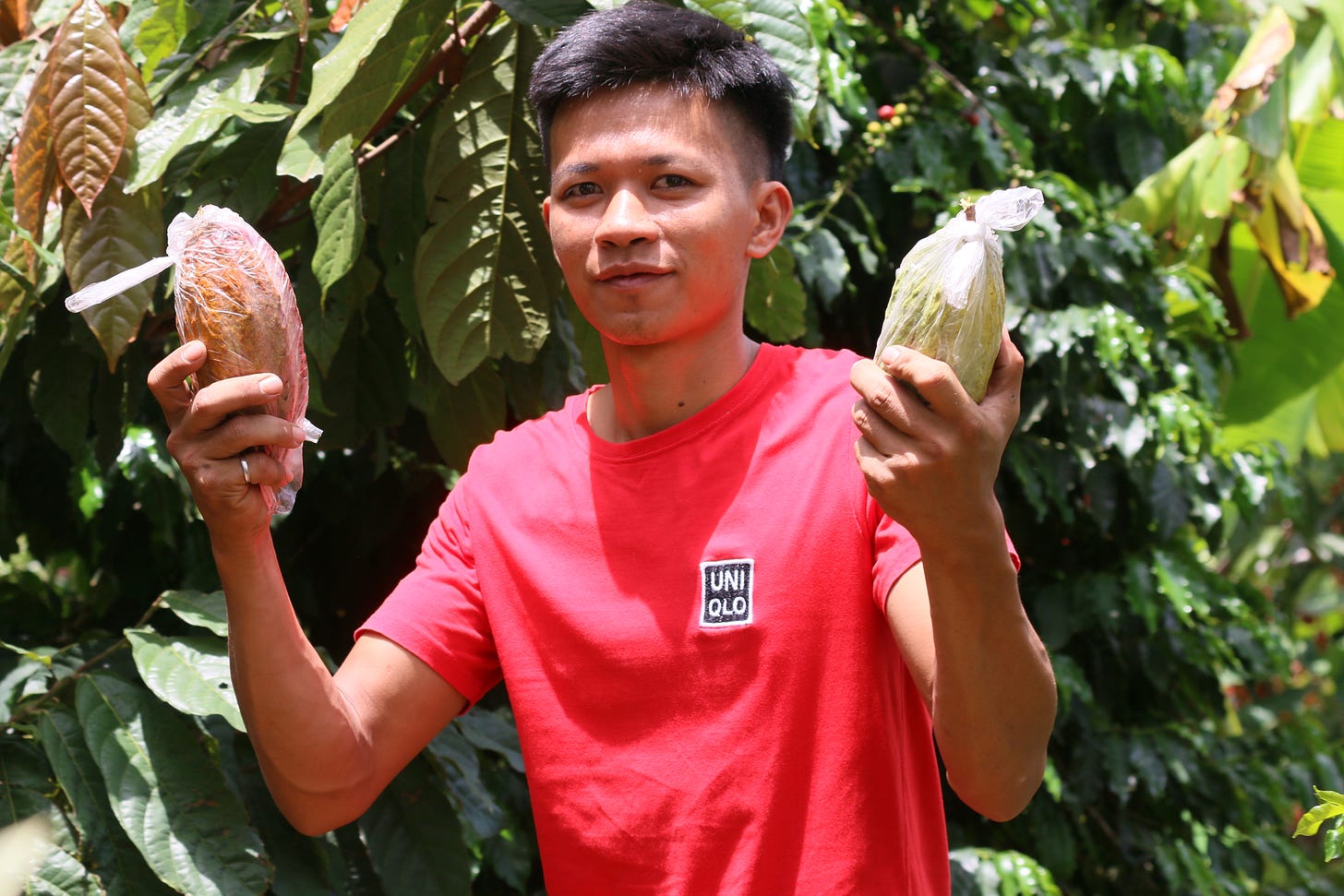
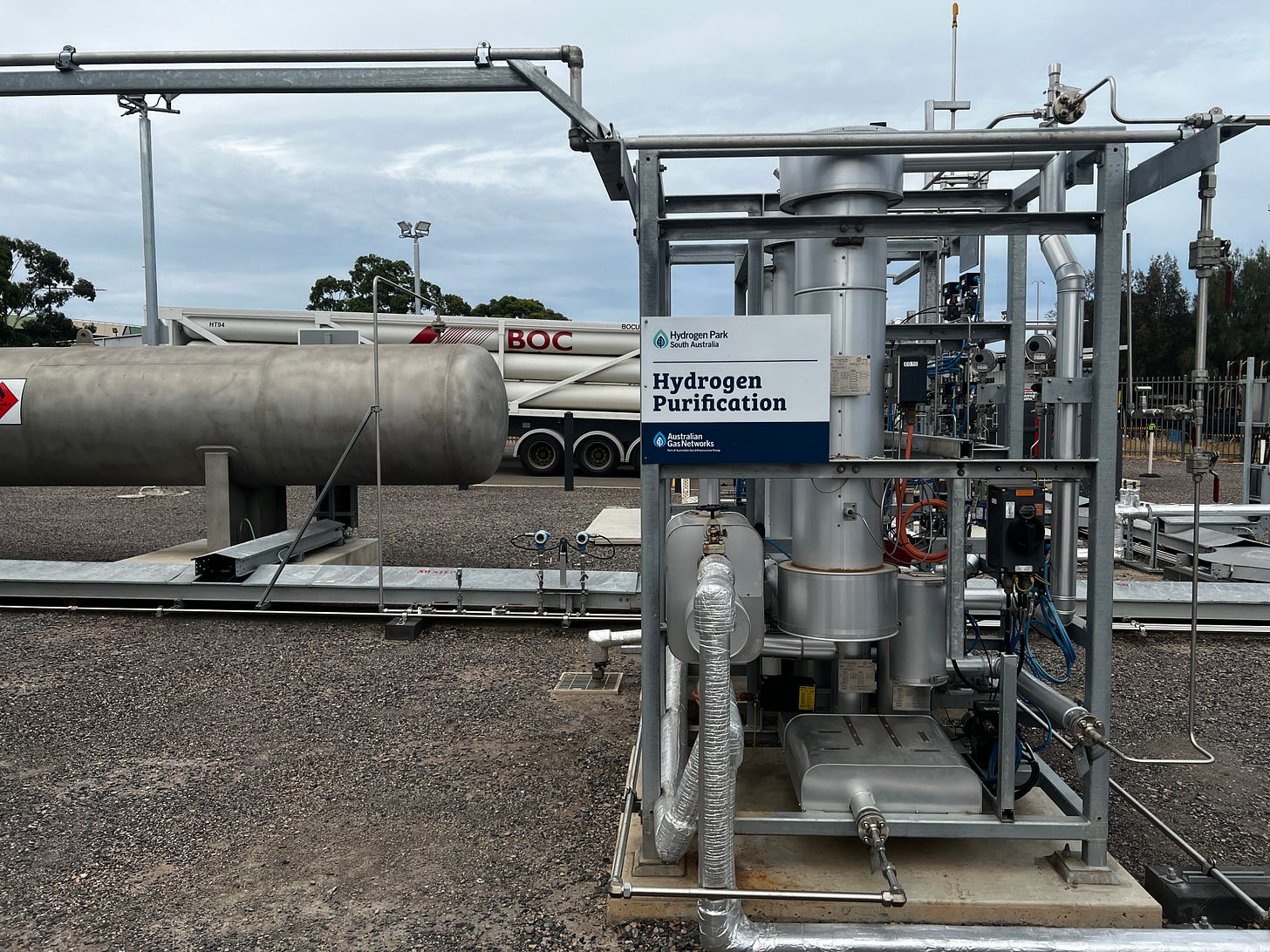

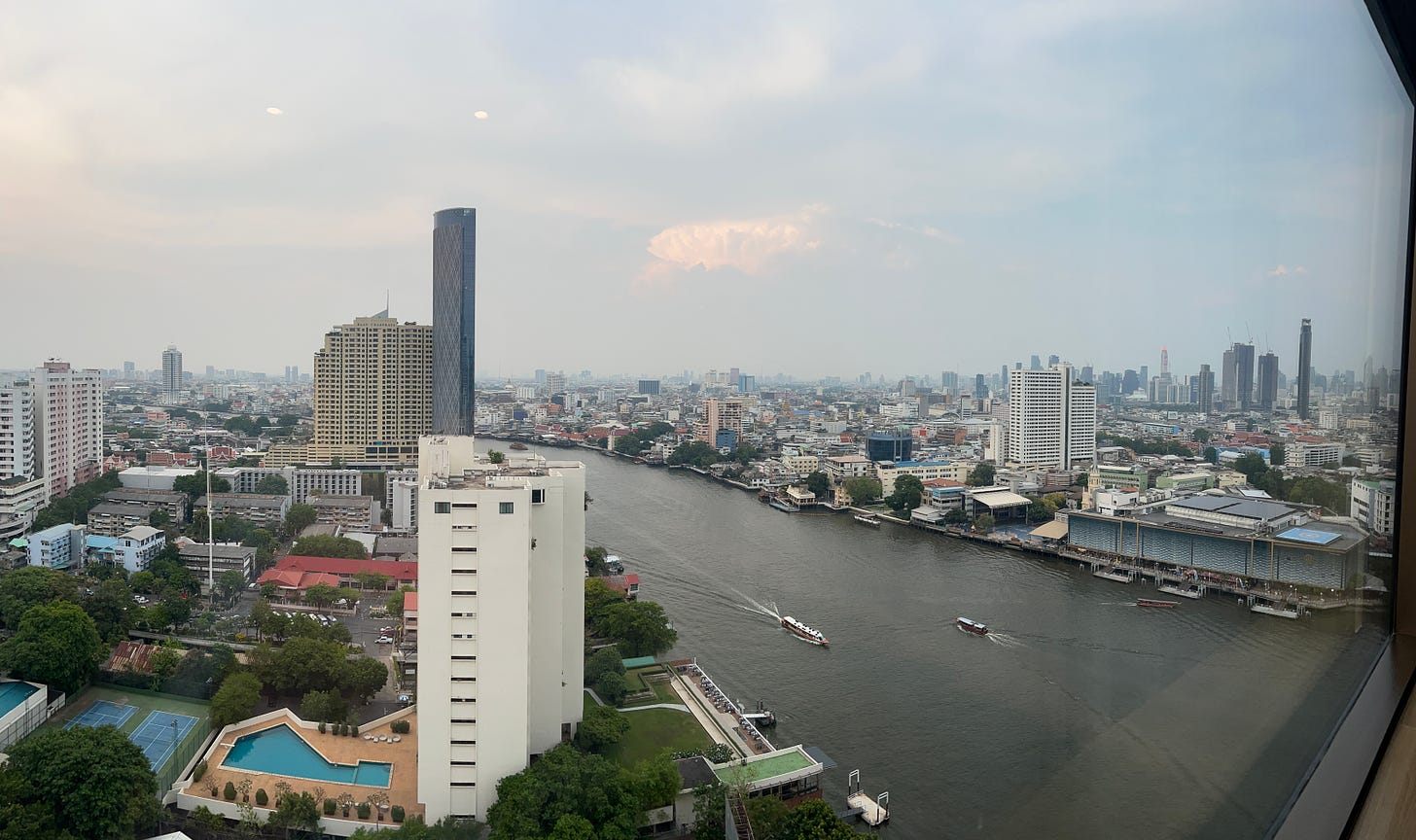
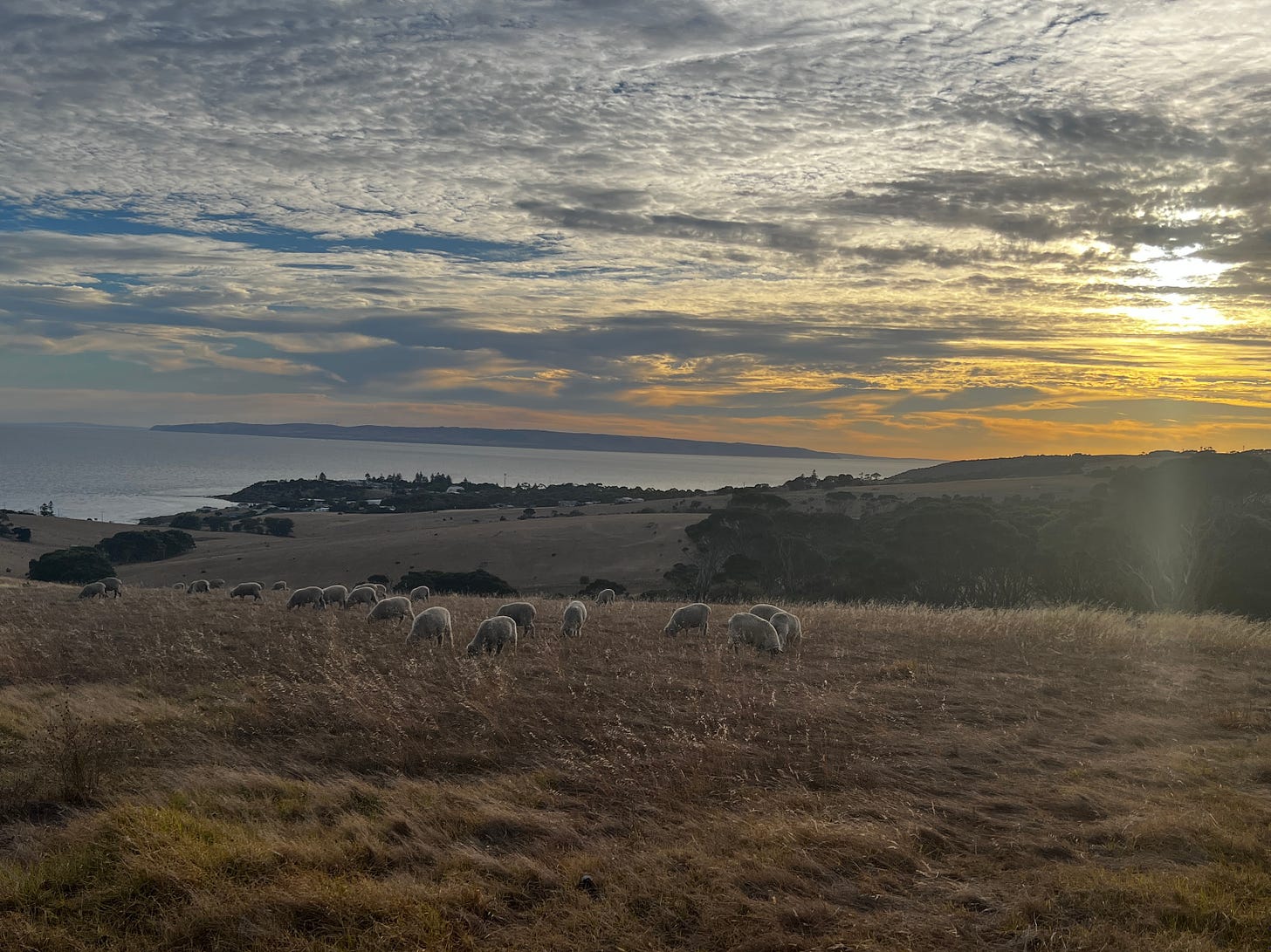
Thank you for all your work. I feel much more informed since reading your articles. Nsr